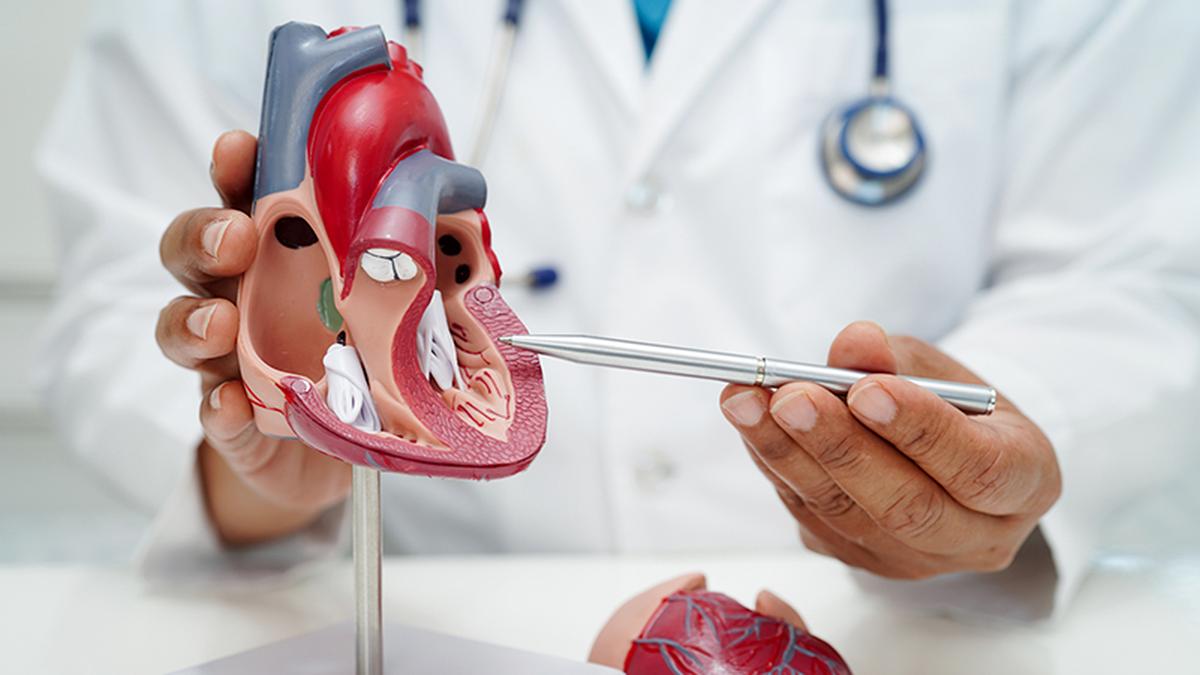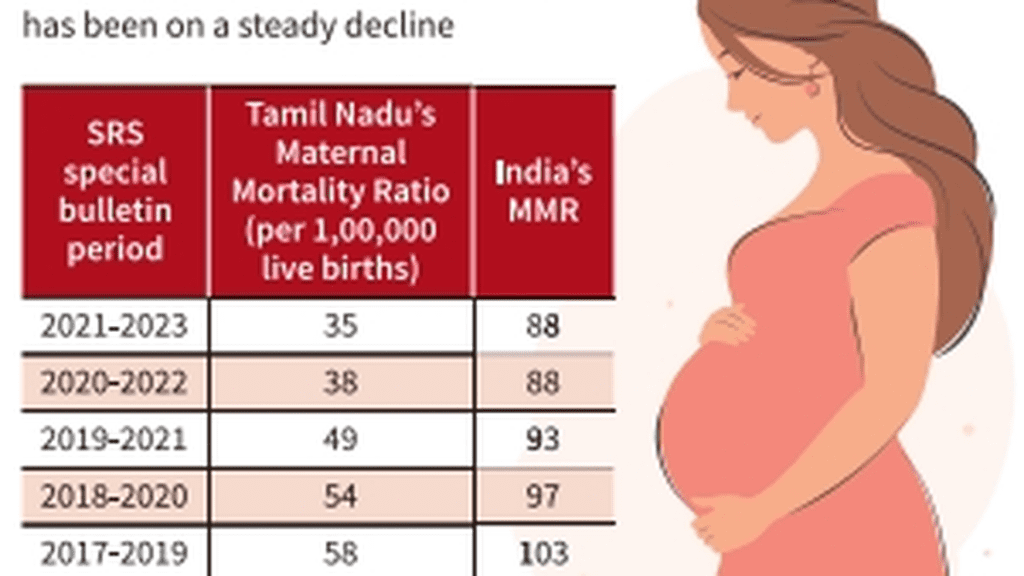Everything you need to know about: Coronary Artery Bypass Grafting Premium

Everything you need to know about: Coronary Artery Bypass Grafting Premium
Heart disease remains one of the leading health concerns worldwide, with coronary artery disease (CAD) being a major contributor. CAD occurs when the blood vessels that supply the heart muscle become narrowed or blocked by plaque, reducing blood flow. This can lead to chest pain, shortness of breath, fatigue, and even life-threatening heart attacks. For individuals with severe CAD, coronary artery bypass grafting (CABG) has become a transformative solution, offering a renewed chance at a healthier life.
CABG, often referred to as bypass surgery, is a procedure that creates a new pathway for the blood to reach the portion of the heart that is affected due to reduced blood flow. In this surgery, a healthy blood vessel is taken from another part of the body—such as the leg, arm, or chest—and used to bypass the blocked coronary artery. By rerouting blood flow around the blockages, the heart receives the oxygen-rich blood it needs to function properly.
CABG is a carefully-planned surgery performed by skilled heart surgeons. The procedure typically takes three to six hours, depending on how many arteries need to be bypassed. Patients are placed under general anesthesia to ensure they remain unconscious and pain-free during the surgery.
To begin, the surgeon makes an incision on the chest to access the heart. The breastbone is temporarily separated to create a clear view of the heart and coronary arteries. Next, the surgeon harvests a healthy blood vessel, called a conduit, from another part of the body. Common conduits include the saphenous vein from the leg, the internal mammary artery from the chest, or the radial artery from the arm.
The conduit is then connected before and after the block in the coronary artery, thereby creating a new route for blood to flow around the blockage. If needed, the heart may be temporarily stopped during the procedure, with a heart-lung machine maintaining blood circulation throughout the body. Once the grafts are placed, the heart is restarted, and the chest is carefully closed.
Most patients spend about five to seven days in the hospital after surgery. During this time, doctors monitor heart function and manage any pain or discomfort. It’s normal to feel soreness in the chest and at the site where the graft was taken, but medication can help manage this effectively. Patients are encouraged to walk before leaving the ICU.
Once discharged, patients are advised to slowly resume their daily activities under the guidance of their healthcare team. Light activities, such as walking, are often recommended to aid recovery, while strenuous tasks should be avoided until the doctor gives his/her approval. Since the chest bone is cut, patients are advised not to carry weights or drive for the first three months. Full recovery can take up to three months, but many patients notice a significant improvement in their symptoms within weeks.
CABG is a life-saving surgery for many, offering significant benefits. It not only relieves symptoms like chest pain and shortness of breath but also improves the heart’s ability to pump blood, reduces the risk of future heart attacks, and enhances overall quality of life.
Like any major surgery, CABG does carry some risks, including infection, bleeding, or irregular heart rhythms. Rarely, complications such as stroke or heart attack may occur. However, advancements in surgical techniques and postoperative care have made CABG a highly safe and effective procedure.
CABG has changed the lives of many people by improving their heart health and allowing them to live more active and fulfilling lives. This important surgery not only helps to relieve the uncomfortable symptoms of coronary artery disease but also boosts overall well-being. After CABG, many patients can do their daily activities with comfort, enjoy life more, and lower their chances of heart problems in the future.
If you or someone you know is dealing with symptoms like ongoing chest pain, unresolved gastric symptoms despite using antacids, shortness of breath, or unusual tiredness, it’s crucial to talk to a doctor. Getting an early diagnosis and timely treatment can make a big difference and provide a second chance at a healthier life.
(Dr. A R Raghuram is Senior Consultant, Cardiothoracic Surgery, Kauvery Hospital Alwarpet, Chennai, cardiology.kch@kauveryhospitals.com)










